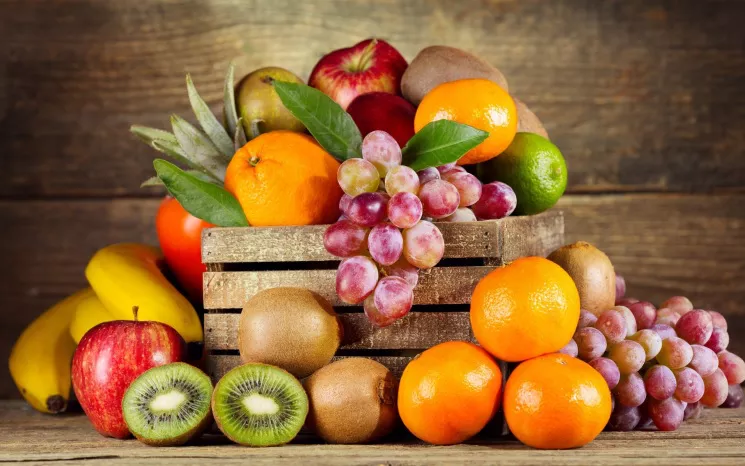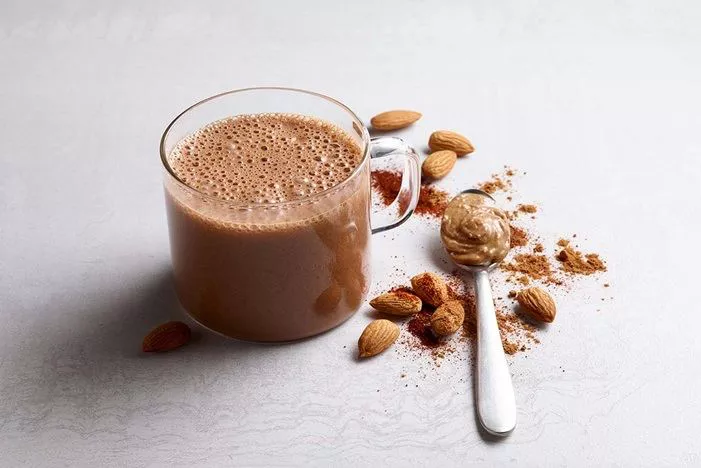The glycemic index (GI) is a valuable tool that measures how quickly carbohydrate-containing foods raise blood sugar levels. Foods with a high GI can lead to rapid spikes and crashes in blood sugar, impacting energy levels and overall health. While some high-GI foods are well-known, others may surprise you. In this article, we will explore 10 high-GI foods that you may not have always been aware of, shedding light on unexpected contributors to blood sugar fluctuations.
10 High GI Foods You Didn’t Always Know About
1. Instant Oatmeal:
While oatmeal is often considered a healthy breakfast choice, instant oatmeal can be surprisingly high on the glycemic index. The quick-cooking process used in instant oats breaks down the structure of the grains, leading to a faster spike in blood sugar levels. Opting for steel-cut or old-fashioned oats, which have a lower GI, can be a wiser choice for a sustained release of energy and improved blood sugar control.
2. Watermelon:
Watermelon, known for its refreshing taste and high water content, may not be the first fruit that comes to mind when thinking about high-GI foods. However, watermelon has a high GI due to its natural sugars. While it’s a hydrating and nutritious snack, consuming it in moderation alongside lower GI fruits can help mitigate its impact on blood sugar levels.
3. Baked Potatoes:
Potatoes, a dietary staple for many, can be a surprising source of high-GI carbohydrates. Baked potatoes, especially when consumed without the skin, have a higher glycemic index than you might expect. The cooking process breaks down the starches, leading to quicker digestion and a spike in blood sugar. Opt for sweet potatoes or leave the skin on for a more balanced carbohydrate source.
4. White Bread:
White bread, a dietary staple for many, is a well-known high-GI food. The refining process removes the outer layers of the grain, leaving behind simple carbohydrates that are quickly digested, causing a rapid rise in blood sugar. Choosing whole-grain or whole-wheat bread provides more fiber, slowing down digestion and reducing the glycemic impact.
5. Cornflakes:
While cornflakes may be a popular breakfast choice, they are a high-GI cereal option. The processing of cornflakes removes much of the fiber, leading to a quicker absorption of carbohydrates and a subsequent spike in blood sugar levels. Opting for whole-grain or bran-based cereals can be a better choice for a sustained release of energy throughout the morning.
6. Rice Cakes:
Rice cakes, often perceived as a healthy and low-calorie snack, can be unexpectedly high on the glycemic index. The rapid digestion of the carbohydrates in rice cakes can lead to a quick rise in blood sugar levels. Combining rice cakes with sources of protein or healthy fats can help mitigate their high-GI impact, providing a more balanced and satiating snack option.
7. Pineapple:
Pineapple, a tropical fruit loved for its sweetness and juiciness, has a higher GI compared to many other fruits. While it offers essential vitamins and antioxidants, it’s advisable to consume pineapple in moderation and balance it with lower-GI fruits to manage blood sugar levels effectively.
8. Pretzels:
Pretzels, often considered a light and crunchy snack, can be surprisingly high on the glycemic index. The lack of fat and fiber in pretzels contributes to their quick digestion and subsequent spike in blood sugar levels. Choosing snacks that combine carbohydrates with healthy fats or protein can help mitigate the glycemic impact, providing a more balanced and satisfying option.
9. Pumpkin:
Pumpkin, a beloved fall ingredient, is higher on the glycemic index than you might expect. While it’s rich in vitamins and fiber, its natural sugars can contribute to a relatively quick rise in blood sugar levels. Combining pumpkin with sources of protein or fiber can help moderate its glycemic impact, allowing you to enjoy its seasonal flavors without compromising blood sugar control.
10. Raisins:
Dried fruits, including raisins, can be deceptively high on the glycemic index. The drying process concentrates the natural sugars, leading to a more significant impact on blood sugar levels. If you enjoy dried fruits, consider portion control and pairing them with a source of protein or healthy fats to mitigate their glycemic effect.
Conclusion:
Being aware of high-GI foods is crucial for managing blood sugar levels and promoting overall health. While some choices may be more obvious, such as white bread and sugary cereals, others like watermelon and pumpkin might come as a surprise.





















